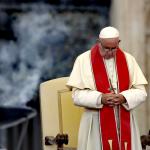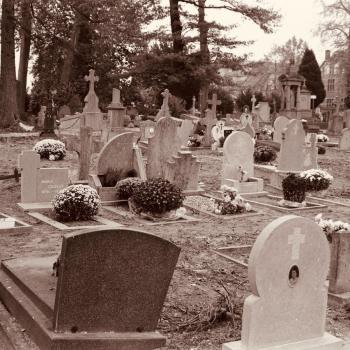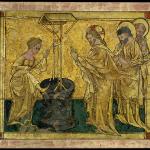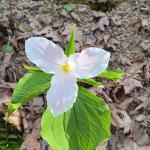The Jesuits are known for their contributions in various fields, including education, astronomy, and cartography. However, their involvement in seismology is often overlooked. For centuries, Jesuit Catholic priests have been recording seismic activity and studying its effects on buildings and structures around the world. Their meticulous observations and data have helped the world to understand the science of earthquakes and the mitigation of their impact.
The Jesuits and their involvement in science

Ignatius of Loyola founded the Jesuits, also known as the Society of Jesus, in the 16th century. Loyola’s vision for the Jesuits was to create an order of priests who would serve the Catholic Church through education, missionary work, and scientific research. The Jesuits were known for their rigorous education and training in the sciences, which included astronomy, mathematics, and natural philosophy. Because of their education, Jesuit priests became some of the most influential scientists of their time. Many of them made significant contributions to fields such as botany, geology, and meteorology. The Jesuits’ involvement in science was not limited to Europe; they also established centers of scientific research in the America, Africa, and Asia.
The history of seismology
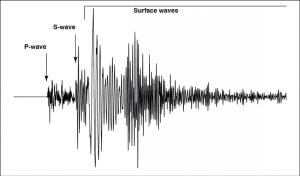
Seismology is the study of earthquakes and seismic waves that travel through the Earth’s crust. The history of seismology can be traced back to ancient Greece, where philosophers such as Aristotle and Thales of Miletus observed the effects of earthquakes. However, it was not until the 18th and 19th centuries that seismology began to develop as a scientific discipline. In the 18th century, scientists began to use instruments such as seismscopes and seismographs to measure seismic activity. These instruments allowed scientists to record the strength and duration of earthquakes, as well as the direction and speed of seismic waves. In the 19th century, seismology became more established as a field of study, with the establishment of the Seismological Society of America in 1906.
The Jesuits’ contributions to seismology
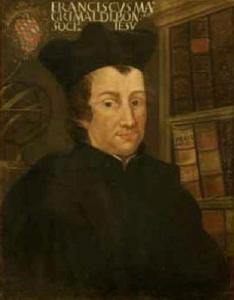
The Jesuits’ involvement in seismology can be traced back to the 17th century, when they began to record seismic activity in Europe. Jesuit priests such as Francesco Maria Grimaldi and Athanasius Kircher were some of the first scientists to study earthquakes and seismic waves. The scientists used instruments such as pendulums and seismscopes to record seismic activity – they also studied the effects of earthquakes on buildings and structures. One of the most significant contributions of the Jesuits to seismology was their use of triangulation to locate the epicenter of earthquakes. In the 18th century, Jesuit priests in Peru established a seismic network using triangulation to measure the distance between earthquake epicenters and their observation points. This allowed them to accurately locate the epicenter of earthquakes and study their effects on the region.
The Jesuits’ use of seismology in their missions
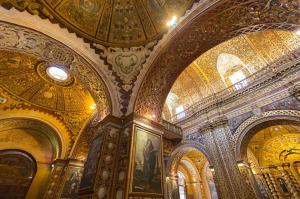
The Jesuits’ involvement in seismology was not limited to scientific research; they also used their knowledge of earthquakes to aid in their missionary work. In the 17th and 18th centuries, the Jesuits established missions in earthquake-prone regions such as Peru, Mexico, and Japan. They used their knowledge of seismology to design buildings that were resistant to seismic activity and to educate local communities on how to prepare for earthquakes. One example of the Jesuits’ use of seismology in their missions is the Church of La Compañía in Quito, Ecuador. The church was designed by different architects including Jesuit architects in the 17th century and is considered one of the most earthquake-resistant buildings in the world. The church’s design includes features such as massive buttresses and thick walls that help to absorb seismic waves and prevent collapse.
The Jesuits’ seismic network in South America
One of the most significant contributions of the Jesuits to seismology was their establishment of a seismic network in South America in the 18th century. Jesuit priests in Peru, Bolivia, and Chile established a network of observation points that they used to track the accurate location of the epicenter of earthquakes. The Jesuits’ seismic network in South America was the most advanced of its time and was used to study the effects of earthquakes on the region. The network was also used to predict earthquakes and issue warnings to local communities. The Jesuits’ work in seismology helped to establish South America as a hub of scientific research in the 18th century.
The impact of the Jesuits on modern seismology

The Jesuits’ contributions to seismology have had a lasting impact on the field. Their use of triangulation to locate the epicenter of earthquakes is still used today, and their meticulous observations and data have helped people better understand the science behind earthquakes. The Jesuits’ work in seismology also helped to establish the importance of scientific research in the Catholic Church. Today, the Vatican Observatory is one of the most respected astronomical research institutions in the world.
The legacy of the Jesuits in seismology
The Jesuits’ contributions to seismology are just one example of their enduring legacy in science and education. Their commitment to rigorous scientific research and education has inspired generations of scientists and has helped to shape people`s understanding of the natural world. The Jesuits’ work in seismology also highlights the importance of interdisciplinary research and collaboration. Their use of seismology in their missionary work demonstrates how scientific knowledge can be used to benefit local communities and improve lives. The Jesuits’ legacy in seismology continues to inspire scientific research and collaboration today.


